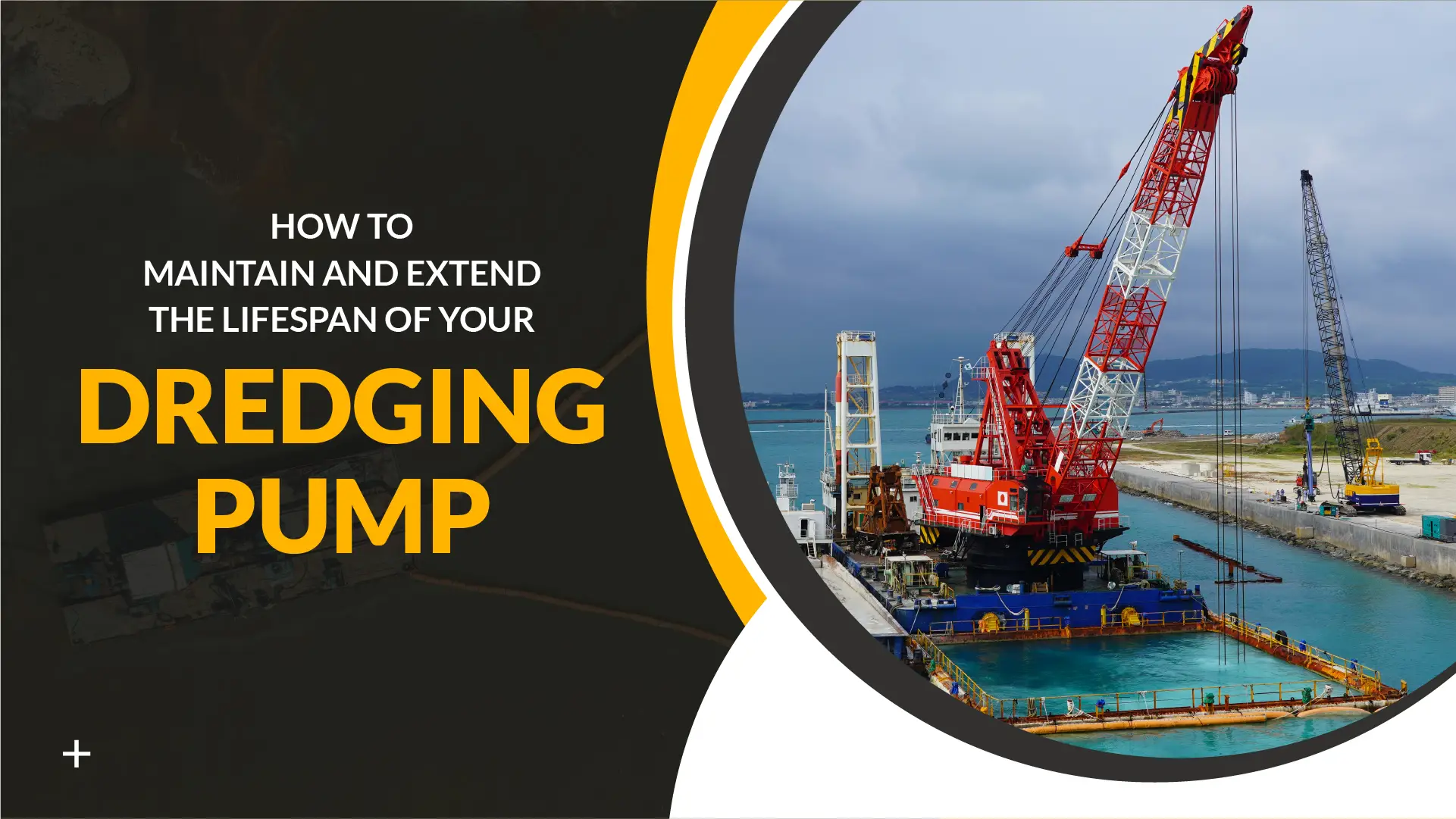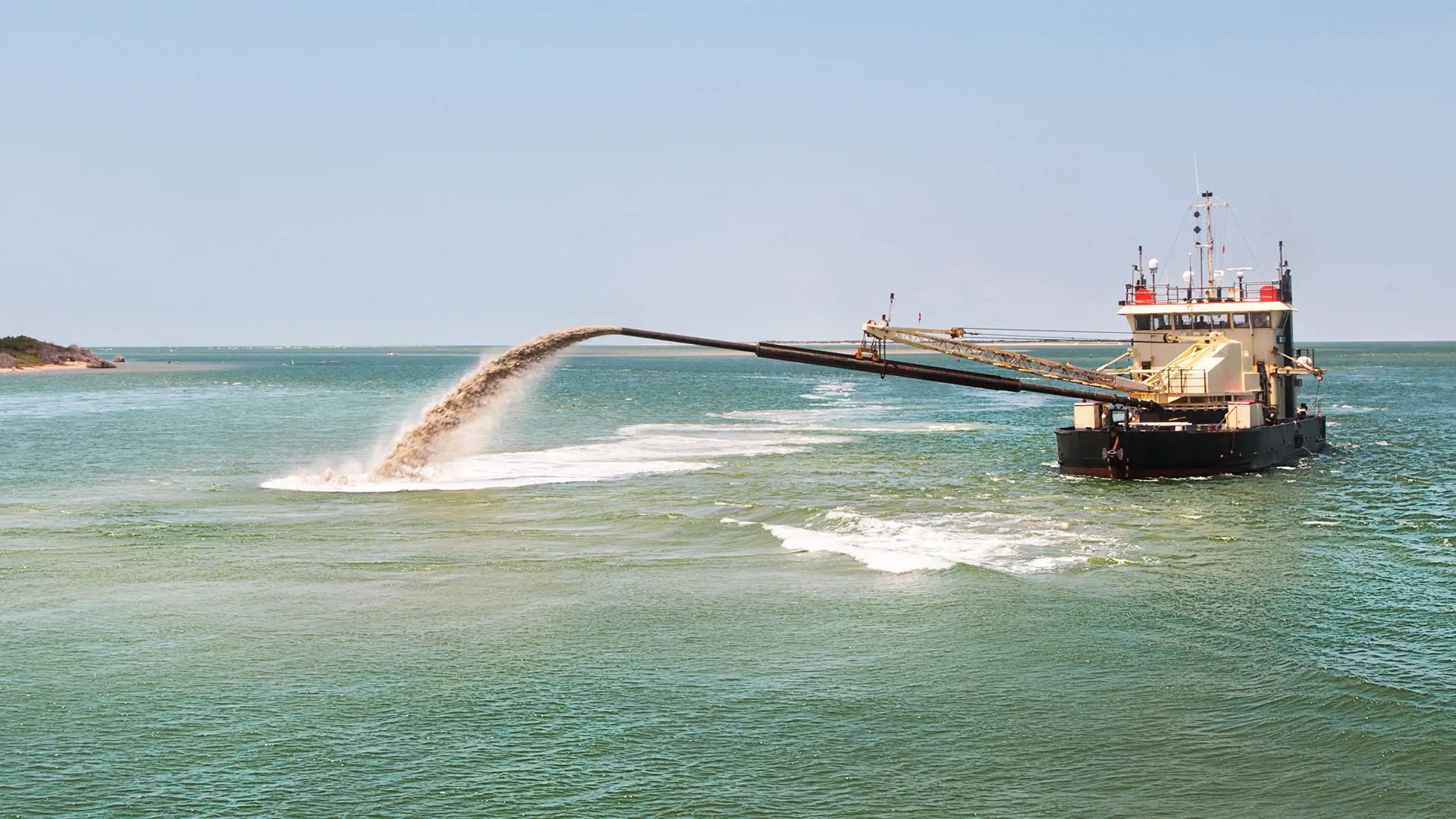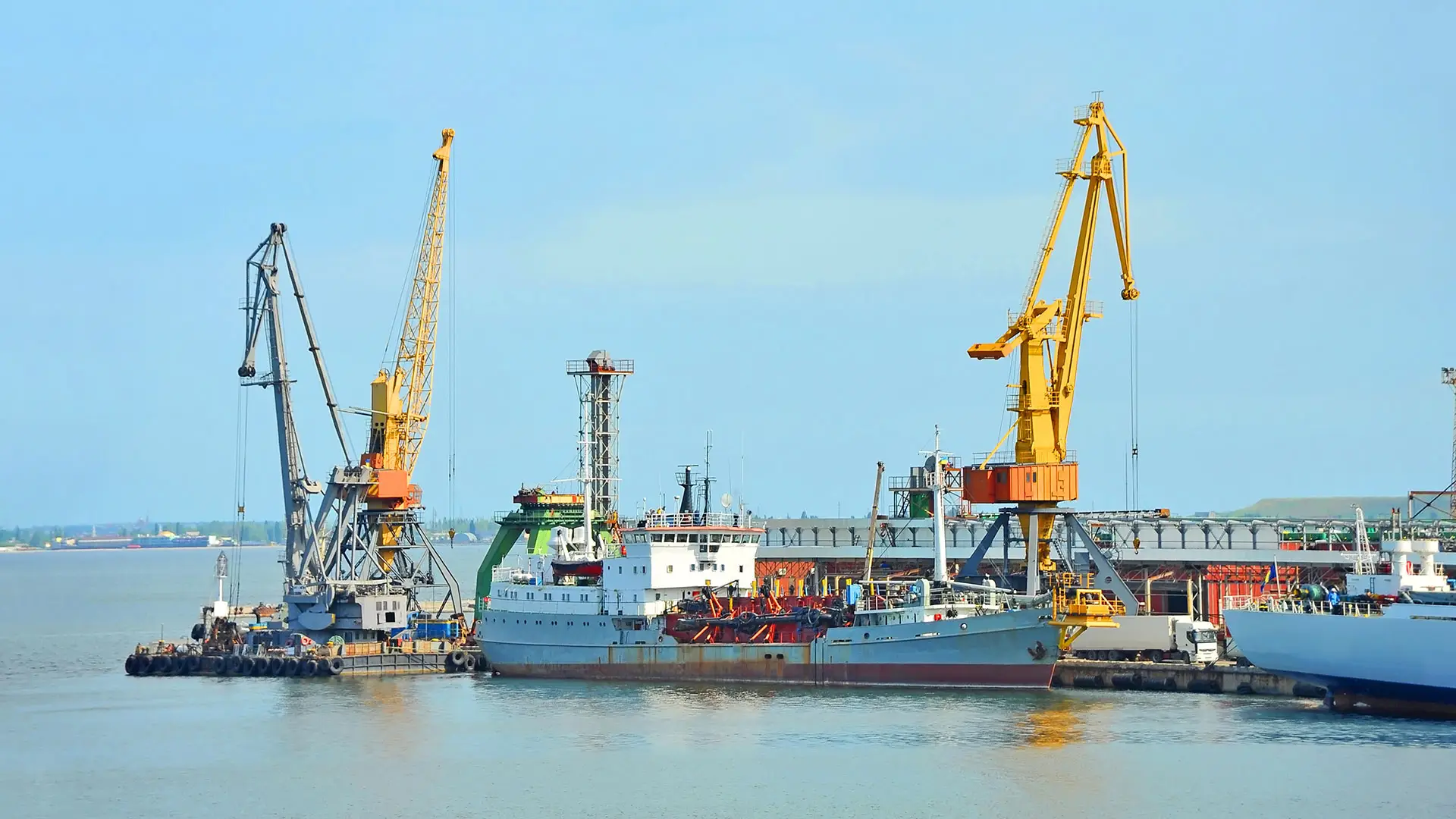Mud Pump Rental Guide: Selecting the Right Pump for Drilling, Construction, and Dredging Applications
Mud pump rental has become a strategic choice across heavy industries, from oil and gas drilling...

Dredging pumps are essential for the marine, mining, and construction industries. Whether you’re clearing sediment from harbors, mining valuable resources, or maintaining infrastructure, a reliable dredging pump ensures smooth operations. However, the abrasive nature of materials like sand, silt, and gravel can cause significant wear and tear, shortening the lifespan of your equipment if not properly maintained.
Proper care and maintenance are crucial for extending the lifespan of your dredging pump, improving efficiency, and avoiding costly repairs and downtime. Even the most durable dredge pumps can experience performance issues and premature failure without regular inspections and upkeep. This can lead to delays and increased repair costs, affecting overall project timelines and profitability.
Routine maintenance, such as monitoring pressure levels, inspecting for leaks, and ensuring proper lubrication, can significantly improve the performance and longevity of your dredge pump. Replacing worn seals and impellers, cleaning internal components, and realigning the shaft are also essential for maintaining peak efficiency.
Investing in a high-quality dredging pump and following the manufacturer’s maintenance guidelines will help prevent common issues like cavitation, overheating, and clogging. Regular performance testing and using original replacement parts will ensure consistent operation and minimize downtime.
If you’re looking for a reliable solution, consider buying a dredge pump from a trusted manufacturer. A well-maintained dredge pump not only extends equipment lifespan but also enhances overall project efficiency.
By following these best practices, you can maximize the lifespan and performance of your dredging pump while reducing operational costs.

Before diving into maintenance strategies, it’s essential to understand how a dredging pump works and the different types available. Knowing the inner workings of your pump helps you identify issues early and apply the right maintenance practices to keep it running efficiently.
Dredging pumps come in various designs, each suited for specific applications and operational environments:
A dredge pump operates through suction and discharge:
Key Components:
If you’re considering upgrading, finding a reliable dredge pump for sale from a trusted manufacturer can enhance performance and longevity.
Routine maintenance is essential for maximizing the lifespan and performance of your dredging pump. Without proper care, even the most durable pumps can experience breakdowns, costly repairs, and lost productivity. Regular maintenance ensures that your equipment operates at peak efficiency and prevents unexpected failures that can disrupt operations.
Investing in routine maintenance also makes it easier to determine when to upgrade or replace components. If you’re considering an upgrade, finding a reliable dredge pump for sale from a trusted manufacturer can further enhance efficiency and longevity.

Establishing a consistent daily and weekly maintenance routine is essential for keeping your dredging pump in top condition. Regular maintenance helps catch small issues before they develop into major problems, ensuring smooth and efficient operation.
Following a regular maintenance schedule will improve the efficiency and lifespan of your dredging pump. If you notice performance issues or excessive wear, it may be time to upgrade. Consider buying a dredge pump from a trusted manufacturer to ensure reliable and long-lasting performance.
Some maintenance tasks need to be performed less frequently but are essential for ensuring long-term performance and reliability of your dredging pump. Addressing these issues regularly helps prevent major breakdowns and extends the lifespan of your equipment.
Following a consistent maintenance schedule ensures that your dredge pump remains reliable and efficient. If your pump is showing signs of wear or reduced performance, it may be time to upgrade. Consider finding a reliable dredge pump from a trusted manufacturer to improve operational performance and longevity.
Scheduling a full inspection and overhaul at least once a year is essential for keeping your dredging pump in peak condition. A thorough maintenance routine helps prevent long-term damage, improve efficiency, and extend the lifespan of your equipment.
Regular annual maintenance ensures that your dredging pump operates efficiently and reduces the risk of unexpected failures. If your pump shows signs of wear or performance decline, it may be time for an upgrade. Consider finding a dredge pump for sale from a reputable manufacturer to improve long-term reliability and performance.
Even with proper maintenance, some issues may arise during operation. Identifying and resolving problems early can prevent costly repairs and extend the lifespan of your dredging pump. Here are common issues and how to fix them:
If your dredge pump continues to experience performance issues, it may be time for an upgrade. Consider finding a reliable dredge pump for sale from a trusted manufacturer to ensure consistent performance and long-term reliability. Regular maintenance and timely repairs will keep your dredging pump running efficiently.
Following best practices is essential for maximizing the lifespan and performance of your dredging pump. Proper operation, training, and the use of quality components can prevent premature wear and reduce downtime.
Consistently following these practices will help extend the life of your dredge pump and improve operational efficiency. If your pump is showing signs of wear or reduced performance, consider looking for a dredge pump for sale from a trusted manufacturer to upgrade to a more reliable solution.
Proper maintenance and care are essential for maximizing the lifespan and performance of your dredging pump. Regular inspections, timely repairs, and following manufacturer guidelines can prevent costly breakdowns, improve efficiency, and reduce overall operational costs. A well-maintained dredging pump operates more efficiently, delivers consistent pressure and flow rates, and reduces wear on critical components.
Implementing a routine maintenance schedule, including daily, weekly, monthly, and annual checks, can catch small issues before they become major problems. Monitoring pressure, checking lubrication levels, and inspecting for leaks or damage will keep your pump running at peak performance. Replacing worn seals, aligning shafts, and using manufacturer-recommended parts will further extend the lifespan of your equipment.
Training your operators to follow proper startup and shutdown procedures, encouraging regular inspections, and investing in high-quality components will also help maintain long-term performance. Proper operator training reduces the risk of operational errors, and using OEM replacement parts ensures compatibility and efficiency.
If your pump is showing signs of wear or reduced performance, consider an upgrade. Finding a reliable dredge pump for sale from a trusted manufacturer can improve operational efficiency and reduce future maintenance costs. A well-maintained dredge pump not only enhances performance but also increases the lifespan of your entire dredging system.
For more information on maintaining your dredging pump or finding professional servicing, consult your manufacturer’s guidelines or contact an industry expert. Taking a proactive approach to maintenance will keep your equipment running smoothly and ensure long-term success.
Mud pump rental has become a strategic choice across heavy industries, from oil and gas drilling...
Dredging equipment manufacturers are the driving force behind the innovation and reliability that...
A cutterhead dredge represents one of the most significant upgrades in modern dredging, combining...